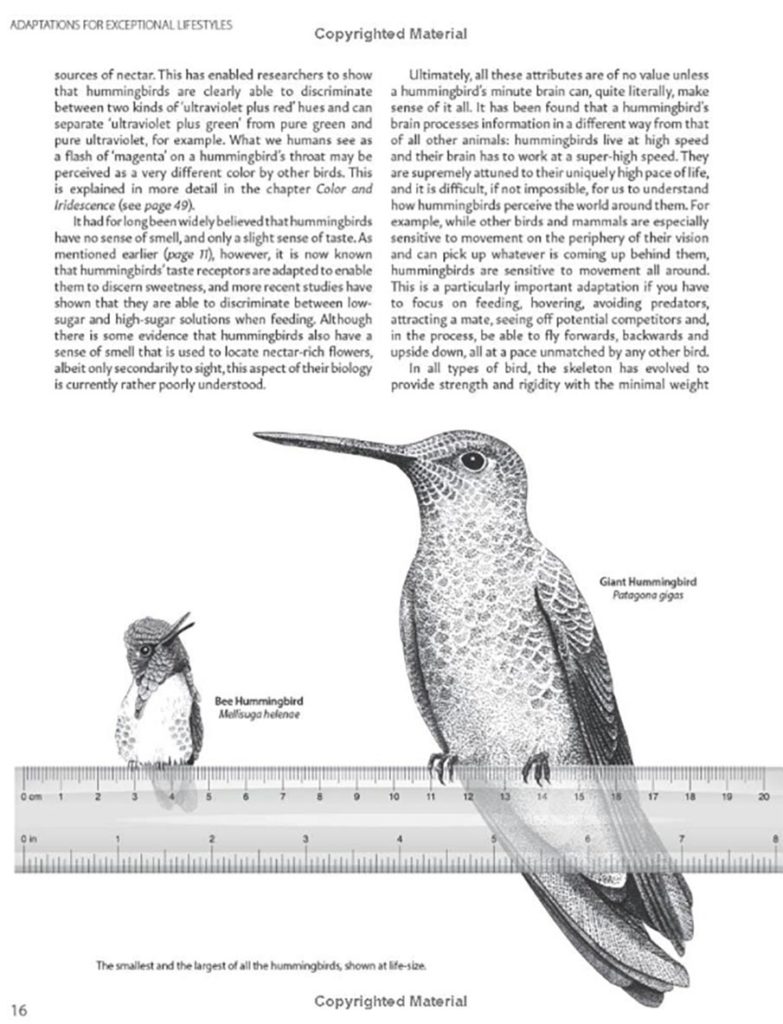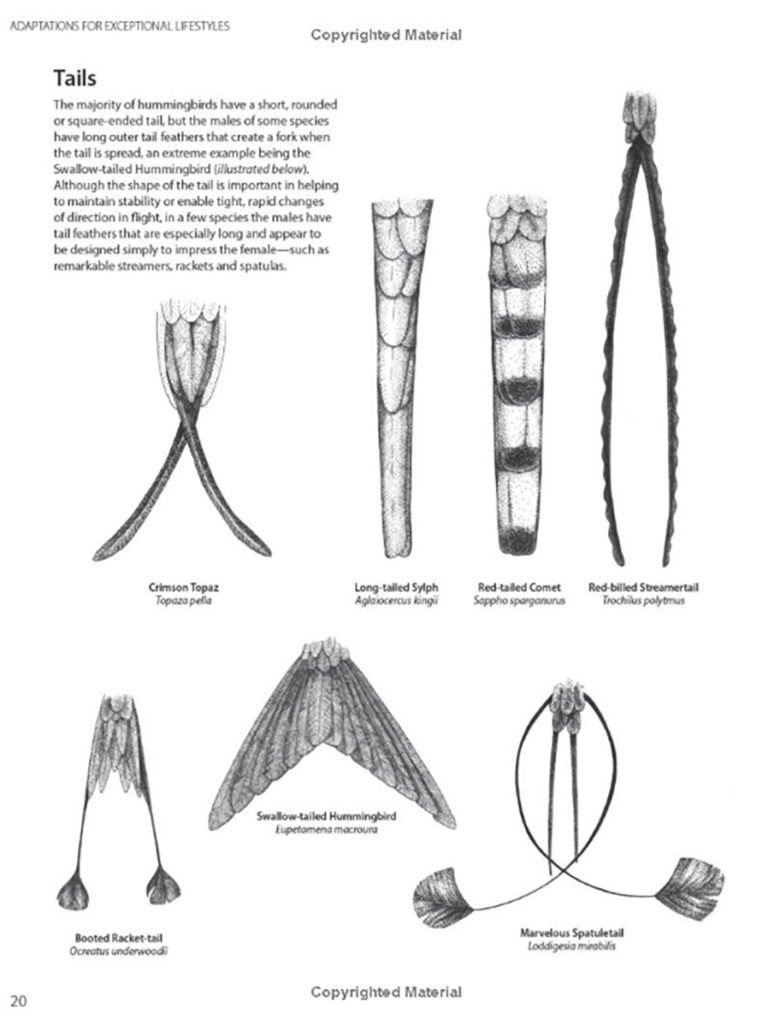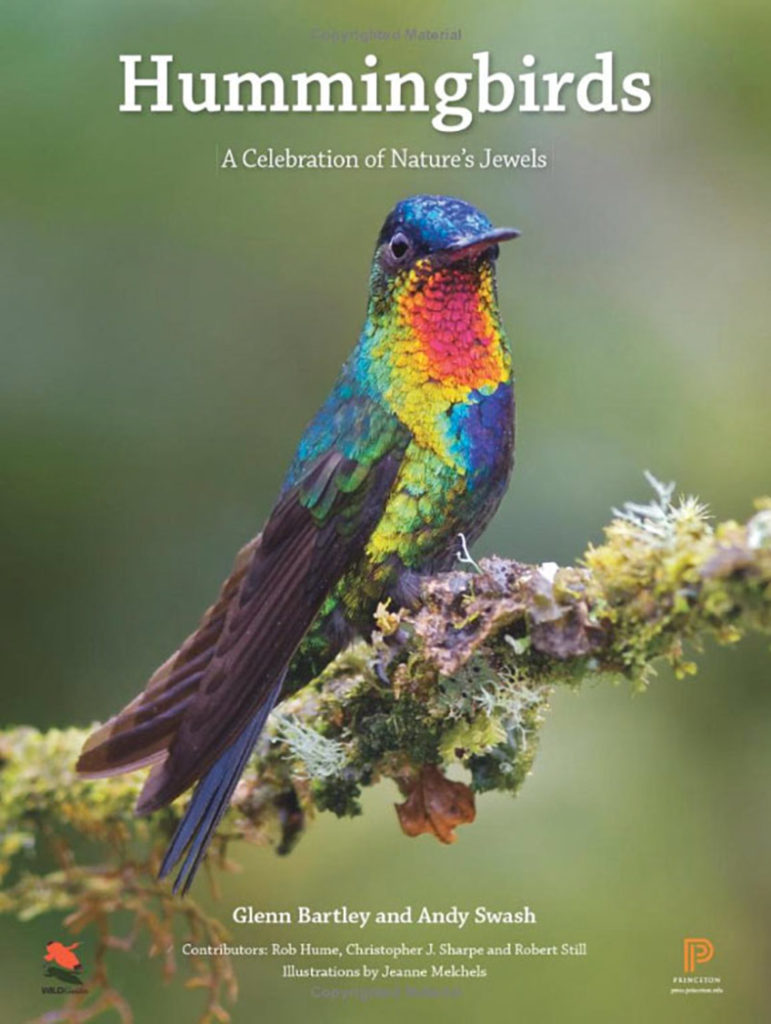Go to All Blogs | Bird Book Reviews | Recommended Bird Field Guides Blogs | Nectar-feeding birds | Neotropics Birding Tours | Costa Rica Escape | Northern Ecuador Birding | All our birding tours
Bird Book Review: Hummingbirds – A Celebration of Nature’s Jewels by Glenn Bartley and Andy Swash 2022, Princeton University Press. Bird book review written by Chris Lotz, 18 May 2022
This is an awesome coffee table book with truly spectacular photos of a wide variety of the world’s hummingbirds. Hummingbirds are remarkably diverse, with a staggering 101 genera currently recognized by taxonomists. All 101 genera are pictured in this book, thus showcasing beautiful photos of a representative cross-section of the world’s hummers. Superb images of hummingbirds aside, the text is also fascinatingly informative, covering a wide range of topics about these special, unique birds.
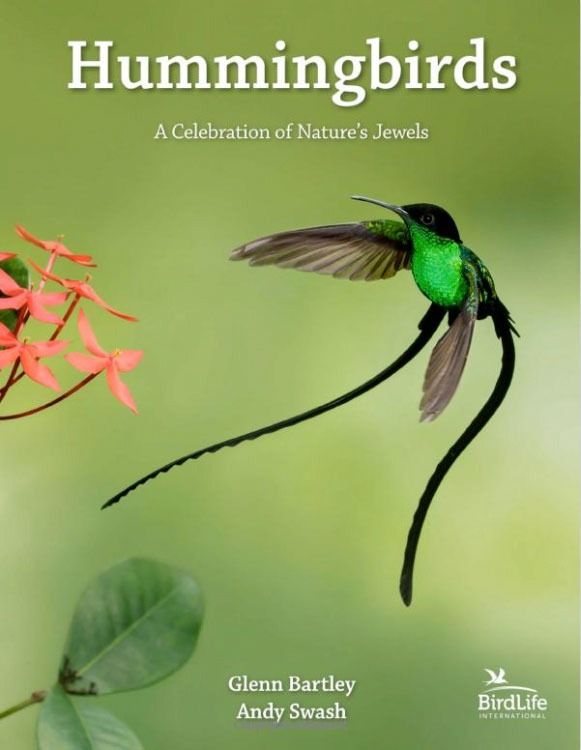
One of my favorite sections in this book is the chapter about color and iridescence. In this part of the book, the authors explain how the structure of hummingbird feathers can mean that a dark-looking bird might suddenly show a vividly shining throat patch, then at a different angle the bird might then flash a luminous-colored cap. This information is of course also illustrated with awe-inspiring images of these jewel-like birds. The authors also explain how hummingbirds can see more colors than humans because of additional UV-sensitive cones in their eyes which we lack. This means that hummers are able to see more than we can, although trying to fathom how they then “picture” this, bends the mind.
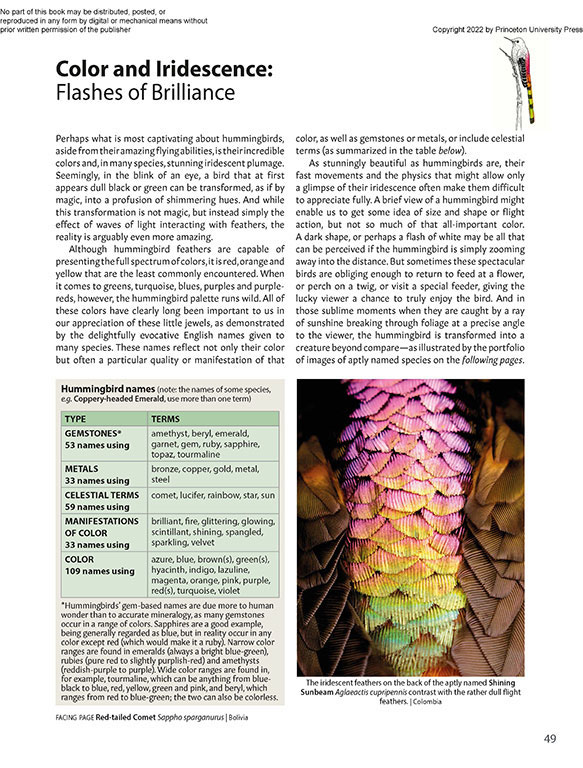
The authors are clearly passionate about conservation, dedicating a chapter of the book to threatened hummingbird species, and how to help conserve these birds. Andy Swash mentions how a personal motivation for working on this book was to share his experiences with hummingbirds so as to help make a difference. Indeed, beautifully showcasing these remarkable birds and sharing the authors’ vast experience with them, can only help inspire people to want to conserve them.
I indeed do really like the accounts towards the end of the book about the personal life journeys of the authors in which Andy writes about this motivation for writing the book. The other author, Glenn Bartley, writes about growing up in Canada with only one hummingbird species near his home, the “eastern” hummingbird of the United States as well, Ruby-throated Hummingbird. He then describes his first visit to the tropics, his initial stage of learning how to photograph hummers and so forth, until he reached a point in which he was able to co-author this fabulous book. It’s great to read about the authors’ experiences and life journeys (with hummingbird photography being a re-occurring feature), and to be inspired.
You may want to simply page through this book to look at incredible photos of species that have spectacular adornments (with names such as Marvelous Spatuletail, White-booted Racket-tail, Long-tailed Sylph, Frilled Coquette, etc.) or are just luminously colored (consider names like Empress Brilliant, Velvet-Purple Coronet, Sparkling Violetear and Crimson Topaz). Or for that matter, you may want to just read each bird name, as there are a great many more enchanting hummingbird names not mentioned here; hummingbirds might well be the most wonderfully named of all the bird groups on the planet. Or you might want to read and learn from the informative text. Whatever your preferences, this book is well worth buying. Enjoy!
